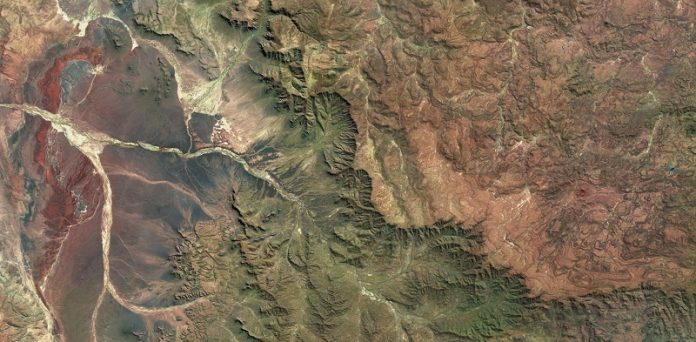
Scientists at the University of Southampton have made a remarkable discovery that helps answer a long-standing mystery in the field of plate tectonics: how and why certain “stable” parts of continents rise to form some of the Earth’s most dramatic landscapes, like plateaus and escarpments.
These findings reveal that powerful forces deep within the Earth, triggered when tectonic plates break apart, can cause continental surfaces to rise by more than a kilometer.
The Puzzle of Rising Continents
For a long time, scientists have been puzzled by how some of the Earth’s greatest topographic features, such as the steep cliffs of the Drakensberg escarpment in South Africa, are formed.
These towering landforms, known as Great Escarpments, are typically found where continents have split apart, but why some stable, inner parts of continents also rise and erode has remained unclear.
A team from the University of Southampton, led by Professor Tom Gernon, worked with colleagues from the Helmholtz Centre Potsdam—GFZ German Research Centre for Geosciences and the University of Birmingham to tackle this mystery.
Their research, published in the journal Nature, examines how the forces at work during the breakup of continents can shape the landscape far away from where the plates actually split.
The Role of Mantle Waves
The team discovered that when continents begin to rift—meaning when they start to break apart—this stretching of the Earth’s crust sends powerful waves through the mantle, the layer of hot rock beneath the Earth’s crust. These “mantle waves” travel deep within the Earth and cause the stable parts of the continents, known as cratons, to rise.
Professor Sascha Brune and Dr. Anne Glerum from GFZ Potsdam ran computer simulations to understand how these mantle waves move and affect the Earth’s surface. They found that the speed of these waves closely matches the speed at which major erosion events have swept across landscapes like those in Southern Africa, following the breakup of the ancient supercontinent Gondwana.
These mantle waves essentially remove layers of rock from the base of the continents, much like how a hot-air balloon rises when it sheds weight. This process, known as isostasy, causes the continents to lift and form elevated regions like plateaus.
The researchers also found that the same forces that cause diamonds to rise quickly from deep within the Earth during continental breakup also play a key role in shaping the Earth’s surface.
As the mantle waves move across the continent, they create a chain reaction of events that lead to significant erosion. This erosion removes massive amounts of rock, further causing the land to rise and form flat, elevated plateaus.
Professor Jean Braun, who studies how landscapes evolve, explained that these mantle-driven processes can create both steep escarpments and stable plateaus, even after thousands of meters of rock have been worn away.
This new understanding of how continental breakup affects the Earth’s surface helps explain why parts of continents once thought to be stable can experience such dramatic changes.
The findings suggest that rifting can generate long-lasting convection cells in the Earth’s upper mantle, which in turn have a profound impact on surface topography, erosion, and even the distribution of natural resources.
Dr. Steve Jones from the University of Birmingham emphasized that these mantle disturbances not only shape the landscape but also influence regional climates and biodiversity.
Professor Gernon added that these findings reveal just how interconnected the deep Earth processes are with what happens on the surface, affecting everything from ancient climates to human settlement patterns.
This study provides a new and compelling explanation for the mysterious rise of continents and shows how the forces beneath our feet continue to shape the world we live in.



